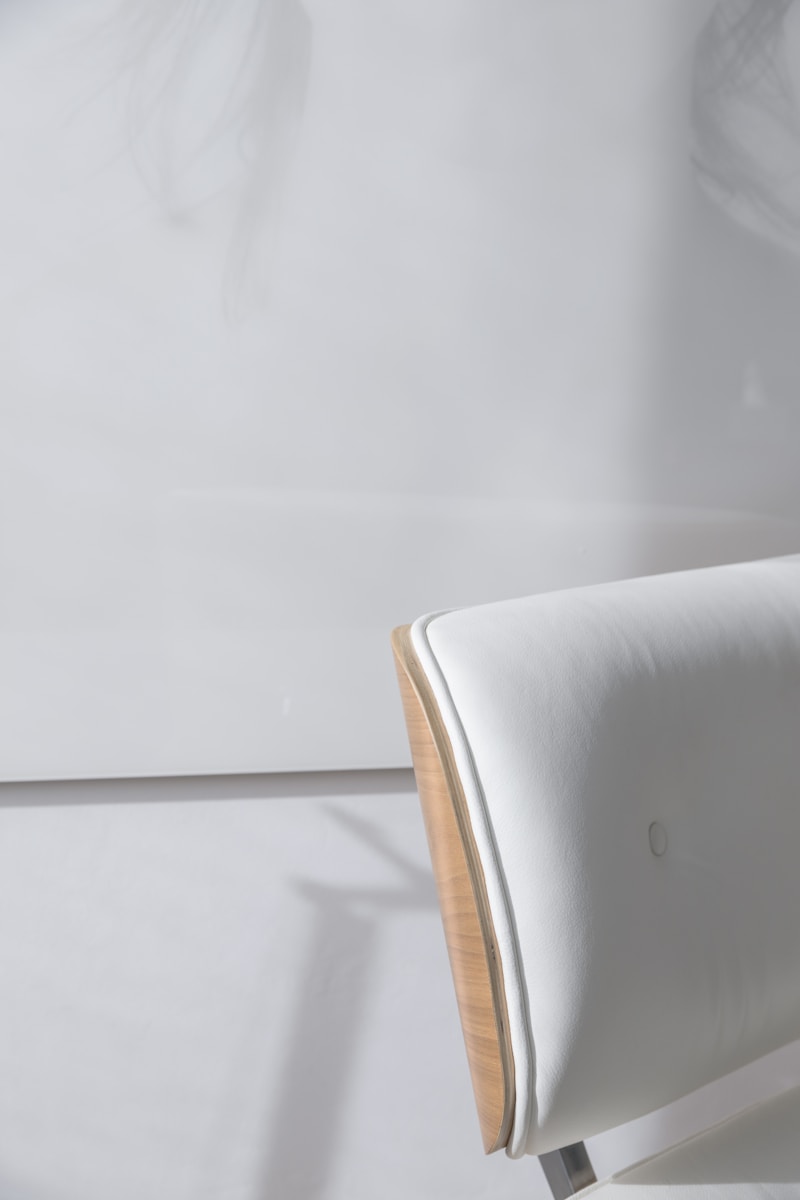Cultural Influences in A-Line Styles: A Comprehensive Overview
Understanding A-Line Styles Through the Lens of Culture
The A-Line style has made a significant mark in the fashion industry, bringing with it deep cultural influences that have shaped its evolution over the years. From the iconic moments in fashion history to the everyday wardrobe choices of people worldwide, A-Line silhouettes embody elegance and versatility. In this article, we will explore the cultural influences that have molded these styles and delve into their significance across various contexts.
The Origins of A-Line Fashion
The A-Line silhouette, characterized by its fitted bodice and flared skirt, was popularized in the 1950s by fashion designer Christian Dior. This style quickly gained traction across Europe and America, symbolizing femininity and sophistication. However, the roots of this fashion trend can be traced back to various cultural influences that predate the 20th century.
The Historical Perspective
Throughout history, clothing has always reflected societal changes. The A-Line style can be seen as a direct response to the restrictive fashions of the early 20th century, including corseted dresses. Women began to demand more freedom of movement, which led to an evolution in dress design. This change is significant in understanding how cultural shifts directly impact fashion styles.
| Cultural Influences | Fashion Era | Key Characteristics |
| Victorian Era | 1837 - 1901 | Corsets and full skirts |
| Flapper Style | 1920s | Loose-fitting dresses and boyish silhouettes |
| Post-War Fashion | 1950s | A-Line skirts symbolizing femininity |
A-Line Styles in Global Cultures
A-Line styles have transcended borders, adapting to various cultural contexts and interpretations. Let's explore how different cultures put their unique spin on this versatile silhouette.
Western Culture
In Western fashion, the A-Line silhouette is often associated with formal wear. Dresses designed for special occasions, such as weddings or gala events, often employ this style to elevate the wearer's appearance. The classic A-Line wedding dress, for example, is beloved for its flattering shape and timeless elegance.
Asian Perspectives
In regions like East Asia, the A-Line style has been embraced in a markedly different way. Traditional designs are often fused with modern A-Line silhouettes to create unique and stylish dresses. For instance, the incorporation of materials such as silk in A-Line shapes has become trendy in places like China and Japan, reflecting rich heritage while keeping up with contemporary fashion trends.
The Intersection of Modern A-Line and Street Style
As streetwear continues to influence high fashion, A-Line styles have also adapted. Designers are now merging casual elements with the classic A-Line shape, resulting in playful skirts paired with oversized tees or structured jackets. This hybrid approach highlights how cultural influences from diverse fields, including music, art, and street culture, can redefine existing styles.

Impact of Celebrity Culture
Celebrity influence plays a pivotal role in popularizing specific fashion trends, including A-Line styles. Icons such as Audrey Hepburn and Kate Middleton have been spotted in stunning A-Line ensembles that not only elevate their status but also set trends for the masses. This phenomenon underscores the impact celebrities have on what is considered fashionable, particularly in the realm of A-Line dresses.
A-Line in Pop Culture
Movies, music videos, and television shows have brought the A-Line silhouette into the mainstream. The representation of characters in A-Line dresses often signifies grace and sophistication, impacting public perception of this style. This cultural portrayal inspires many to adopt A-Line styles in their own wardrobes, showcasing the significant connection between media and fashion preferences.
Adapting A-Line Styles for All Body Types
The beauty of A-Line dresses lies in their versatility, making them suitable for various body shapes. This adaptability is crucial as cultural influences encourage body positivity and inclusivity within the fashion industry. When done right, A-Line silhouettes can flatter a range of figures, allowing individuals to express their unique sense of style.
Accessorizing A-Line Styles
To truly embrace A-Line styles, it’s important to consider how accessories can enhance the overall look. A belt can add definition to the waist, while a statement necklace can draw attention to the neckline. Footwear choices play a vital role too; pairing an A-Line dress with heels can elevate the sophistication, whereas comfortable flats can add a casual touch. Understanding how to accessorize effectively reflects cultural aesthetics and personal style preferences.
Environmental Considerations in A-Line Fashion
As the global focus shifts toward sustainability, the fashion industry, including A-Line styles, is faced with the challenge of reducing its ecological footprint. Designers are exploring eco-friendly materials and ethical production methods that resonate with conscientious consumers. This shift suggests that cultural influences are evolving beyond aesthetics; they now encompass values of sustainability and responsibility.
Conclusion and Recommendations
The exploration of cultural influences in A-Line styles reveals the rich tapestry of traditions and modernity that shapes this beloved fashion element. From historical origins to present-day adaptations, A-Line styles provide insight into how culture is interwoven with clothing. As you embrace A-Line silhouettes in your wardrobe, consider personalizing your style through accessories that reflect your unique heritage or values. Always remember to consider the cultural context and sustainability of your fashion choices, ensuring that your style aligns with the evolving narratives of our world.
In summary, A-Line styles are more than just a fashion statement; they are a reflection of cultural evolution and personal expression. As fashion continues to change, staying attuned to these cultural influences can enhance your understanding and appreciation of the garments you choose to wear.